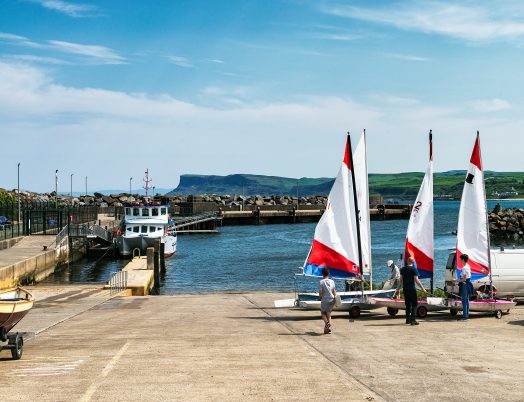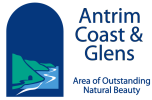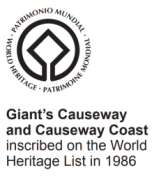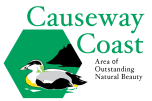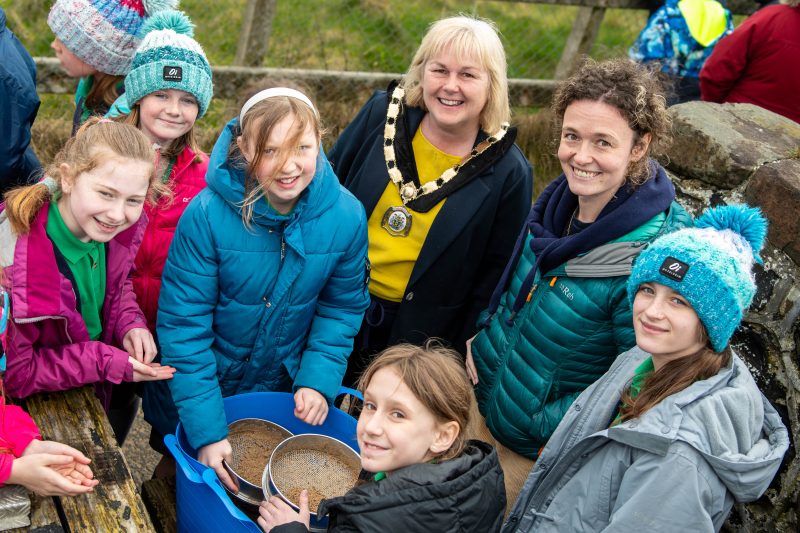Welcome to CCGHT
Causeway Coast & Glens Heritage Trust
The Causeway Coast & Glens Heritage Trust is a charity devoted to protecting and enhancing the unique heritage of the Causeway Coast and Glens area, including (but not limited to) the Binevenagh Area of Outstanding Natural Beauty (Binevenagh AONB), Causeway Coast Area of Outstanding Natural Beauty (Causeway Coast AONB), Antrim Coast and Glens Areas of Outstanding Natural Beauty (Antrim AONB) and the Giant’s Causeway and Causeway Coast World Heritage Site (Giant’s Causeway WHS).
It includes representation from the Causeway Coast & Glens and Mid & East Antrim Borough Councils in partnership with representatives from the environment, the community, the education, the farming and the tourism sectors.
